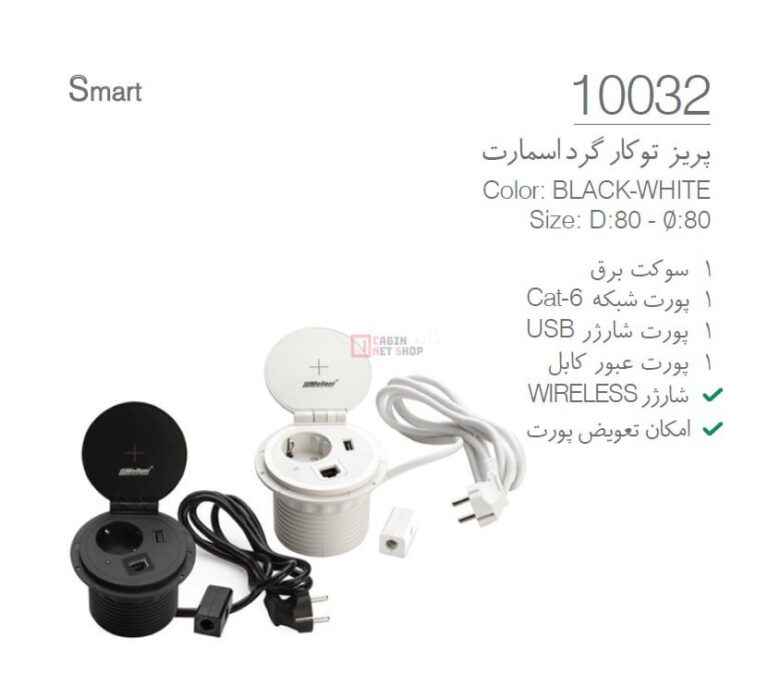How to Customize Hidden Outlets for Lab and Research Environments
페이지 정보
작성자 Maribel 댓글 0건 조회 3회 작성일 25-09-21 17:21필드값 출력
본문

Installing hidden electrical access points in research facilities necessitates meticulous strategy to ensure protective reliability, efficiency, and invisible integration into precision-driven laboratories. These outlets are often disguised to enhance visual harmony, avoid unplanned interruptions, or guard against environmental exposure such as water ingress, airborne contaminants, or reactive chemicals.
The first step is to determine which devices demand پریز توکار کابینت uninterrupted energy versus those suitable for scheduled operation. High priority devices like bioreactors, spinners, and sensor recorders should have isolated power lines featuring overvoltage safeguards and GFCI protection.
When selecting hidden outlets, choose ones engineered for lab applications and compliant with zone-specific ingress protection standards. For example, outlets near hazardous exhaust zones or rinse areas should be hermetically enclosed and water-repellent. Consider recessed or flush mount designs that disappear into benchtops for unobtrusive access. Use organized routing solutions like concealed trunking or snap-in channeling to transport current efficiently without endangering personnel or disrupting workflow.
It’s important to collaborate with electrical architects to ensure power demands remain within rated limits, especially when multiple high draw devices are involved. Tag all embedded power points visibly with a corrosion-proof, solvent-resistant label indicating its purpose and circuit number, even if the outlet itself is disguised. This aids maintenance and prevents accidental disconnection during cleaning or equipment reconfiguration.
For precision-controlled environments like sterile chambers or biocontainment units, consider installing outlets with interlock systems that only activate when the cabinet door is properly sealed. Wireless telemetry systems can also be added to allow non-invasive oversight of energy flow and operational status.
Adhere rigorously to NEC guidelines and institutional biosafety mandates when adding, upgrading, or retrofitting concealed power points. Scheduled audits and proactive servicing should be planned to assess aging components, material breakdown, or insulation fatigue. Tailored concealed power solutions must improve, never obstruct the precision and reliability of scientific work.




